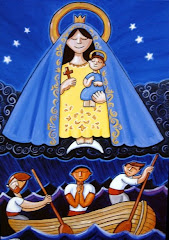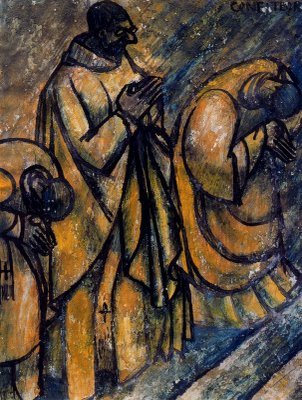Part IVThe Kingdom of the Visigoths.
After the Visigothic sacking of Rome in the year 410 by Alaric the king of the Goths, the great armies of the Visigoths turned towards the Iberian Peninsula. Under Ataulf successor of Alaric these Germanic tribes, who by this time had become semi-assimilated into late classical Roman culture, and who for the most part understood and spoke Latin, and had been converted to Christianity albeit in the form of the Arian heresy, took control and occupied the north-eastern portion of the Roman province of Hispania, the region has ever since been called after them (Gotha-landia or Catalaunia) Catalonia. The Visigoths quickly extended their rule over most of the Peninsula, keeping the Suevians, Germanic peoples who had entered Hispania and settled into much of the Iberian Peninsula, shut up in Galicia, the furthest north-western corner of Hispania. By the year 466 the Visigothic king Euric had put an end to the last remnants of Roman Imperial power in the Peninsula, Euric has be considered by some historians as the first monarch of Spain, though the Suevians still maintained their independence in Galicia. Apart from ending Roman rule over the Iberian Peninsula Euric also noted for being the first king among the Goths to have issued and codified written laws.
The religious differences within the Visigothic kingdom greatly divided the country, touching every part of society, even the royal family. For the most part the original Hispano-Roman inhabitants of the peninsula remained loyal to orthodox Catholicism, while the Visigoths in the majority remained Arians. This division eventually erupted into open civil war. Hermengild, king Leovigild's eldest son, a convert to the Catholic Faith and latter a canonized saint, organized and led an insurrection of the Catholics against his father. Defeated and taken prisoner by his father's forces, he eventually suffered martyrdom for refusing communion from the hands of an Arians bishop.
Recared, the younger son of Leovigild and successor to his throne, added to the political unity already achieved by his father, religious unity by abandoning Arianism and converting to the Catholic Faith at the Third Council of Toledo in 589. The religious unity established throughout the kingdom by Recared's conversion, and the council of 589 itself has been seen as the basis of the fusion of Goths and Hispano-Romans which suddenly gave birth to what is unmistakably Hispanic civilization .
As a result of this union of creed and national identity, Catholicism has become a hallmark of the Hispanic peoples, their culture and self understanding simply cannot not be explained without a constant reference to the Catholic creed. Simply stated, because of the events of 589 to be Hispanic is by a law of strict necessity, and cultural logic, to be Catholic.
The undivided Spanish kingdom of the Goths continued to flourish until the catastrophic Moorish invasion of 711 A.D..
During this period in Spanish history, many very important Church councils were held in Spain. Among the most memorable were: that of Tarragona in 516, at which ten bishops assisted; the First Council of Barcelona in 540, and those of Lérida and Valencia in 546. Most important of all, and of a special character, were the councils of Toledo and of Braga.
Significant also were the great number of saints, and learned men that were produced in this period of Spanish history.



No comments:
Post a Comment